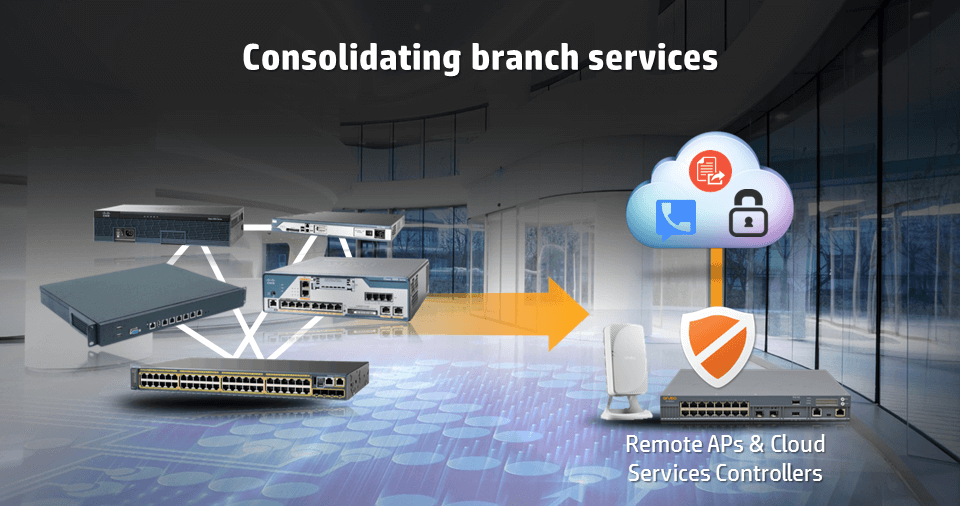by Dave Chen and Prince Jose
This week, Aruba Networks, an HP company is speaking at WAN Summit in London. The major point of conversation is around why companies are increasingly looking to broadband or hybrid WAN as an option. Top of mind is cost. It's no secret that traditional MPLS costs are high compared to broadband Ethernet. For 10Mbps of service, you can easily spend $800 per month for private WAN links, compared to $100 per month for public Internet. However, that alone doesn't explain this shift. This is where Internet of Things comes into play. According to Gartner, there are now 5 billion IoT devices, and by 2020, we'll see an estimated 25 billion that will inundate the workplace. Businesses with distributed offices are seeing their bandwidth requirements skyrocket with this momentous rise, and the addition of employee Bring Your Own Device hands them additional questions.

The solution we're describing to folks at the Summit is prioritizing apps and traffic based on policy, routing corporate traffic down the MPLS pipe, and guest or cloud-hosted traffic across the broadband. This hybrid WAN strategy has the benefit of balancing pricy SLAs with lower cost broadband, as well as providing alternate deployment, management, and failover options. However, there is still only so much bandwidth available at each location.
This is where we apply learnings from the Wi-Fi space to boost WAN performance across the distributed enterprise. Much like how Wi-Fi quality depends on the number of devices on the network and what apps people are using, how IT prioritizes bandwidth affects how much bandwidth will need to be budgeted. Networking technologies like AppRF to prioritize traffic, role-based access, and policy-based routing define priority for different types of user and application traffic and which WANs link they use. Combined with ClearPass and cloud-based security services like content filtering, firewall and APT, we can limit access to bandwidth-intensive or untrustworthy sites for further performance benefits. Simultaneously, we can enhance protection for retail stores and branch offices from the increasing threat posed by hackers and other advanced attacks.

There's a lot of complexity in deploying these solutions, which is why simplicity and affordability are essential. A large retail customer based in North America has recently deployed the Aruba 7000 series solution with exactly this in mind. With over 1000 retail stores worldwide, they were looking for a cost-effective branch-in-a-box solution to consolidate their wireless, wired, and WAN services while maintaining PCI compliance. By taking advantage of broadband connectivity and features such as zero-touch provisioning and multivendor wired and wireless management, they've cut deployment time from half a day per store to a matter of minutes. At a cost of a $1000 per store, that's a savings of $1 million that can be reinvested into the enterprise. As organizations take advantage of hybrid WAN, UCC, and other cloud services, they can realize cost savings of up to 80%, and performance benefits up to 10x.
It's clear that cost and performance are not mutually exclusive, and that broadband is increasingly becoming an industry standard. Check out Forrester's take on the 7000 series and learn why they feel that it's "more than just another network solution." What do you think? J
P.S. We are having a lot of stimulating conversations in London, so if you miss us, stop by our booths at future events!
Prince is Senior Product Line Manager responsible for Aruba's Mobility Controllers and cmpus and branch solutions, and Dave is Product Marketing Manager responsible for Aruba and HP Networking branch and remote solutions. Follow Aruba's branch story on twitter @xdmobile




